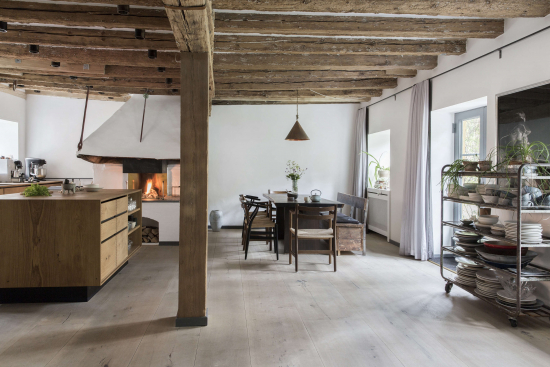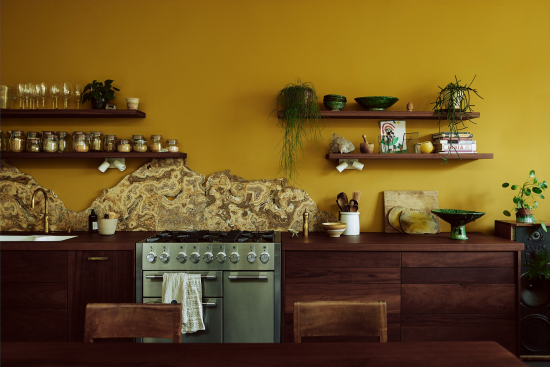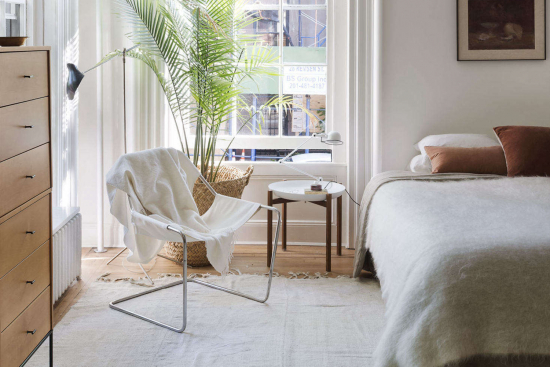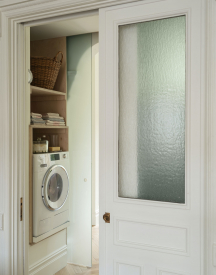Required Reading: ‘Hot Springs’ by Greta Rybus
While we were working on our book Remodelista in Maine with the photojournalist Greta Rybus, Greta let us in on a project she was working on: a book documenting hot springs, public baths, and soaking spots the world over. We’ve been awaiting the publication of Hot Springs ever since, and as of this month it’s officially out in the world—researched, written, and photographed by Greta, who traveled to five continents and thirteen countries, from Iceland to Bolivia, Turkey to Japan, Alaska to Hungary, to make it.
Some hot springs, Greta writes in the book’s introduction, “feel like a party, others like a prayer,” but each offers the opportunity to be present, to be in community, and to reconnect with our place in nature. (One of Greta’s notes on soaking ethics at some of the wilder locations: “Remember that you are the caretaker for that moment.”)
To celebrate the book’s launch, we’re sharing a glimpse inside Hot Springs (which, rich in blues and greens, feels as serene and all-consuming as a soak, even when you’re on dry land), plus a Q+A with Greta.
Photography from Hot Springs: Photos and Stories of How the World Soaks, Swims, and Slows Down by Greta Rybus, courtesy of Ten Speed Press.

Remodelista: What’s your first hot spring memory?
Greta Rybus: Growing up in Idaho, hot springs were a really big part of my childhood. Idaho has many different type of geothermal pools: from wild ones in riverbanks to ones that look like swimming pools. I have two distinct memories of being in large hot pools with my arms in water wings. I can remember the smell of the sulfur and that plasticky smell of the water wings and their slight pinch on my arms.

RM: How many hot springs did you visit while making the book?
GR: I lost count! I went through my notes and files last week and counted between sixty to seventy hot springs, depending on how I was to make that tally. There are 23 chapters in the book, divided by location. But some feature individual hot springs, and others explore entire regions with many hot pools or baths. There are thirteen countries represented across five continents. I tried hard to represent the diversity of thermal places: the hues of the water, the cultural connections, their roles in cities and remote places, how they are cared for and managed by so many, the different ways people experience them.

RM: What’s the furthest you traveled while making the book?










